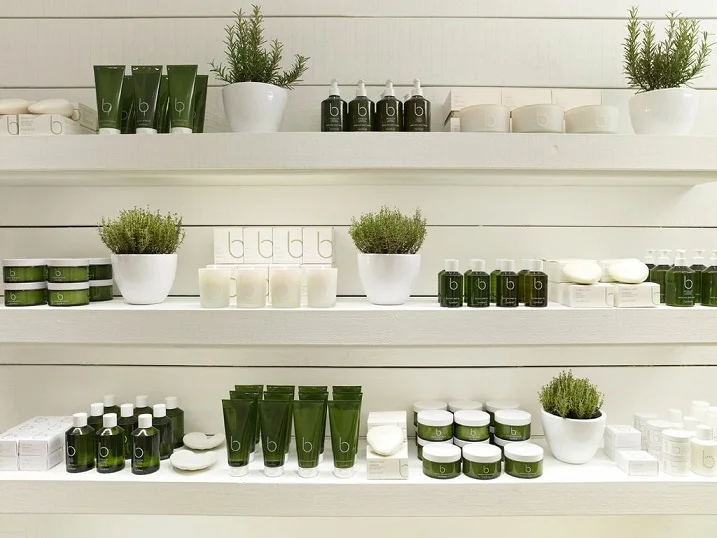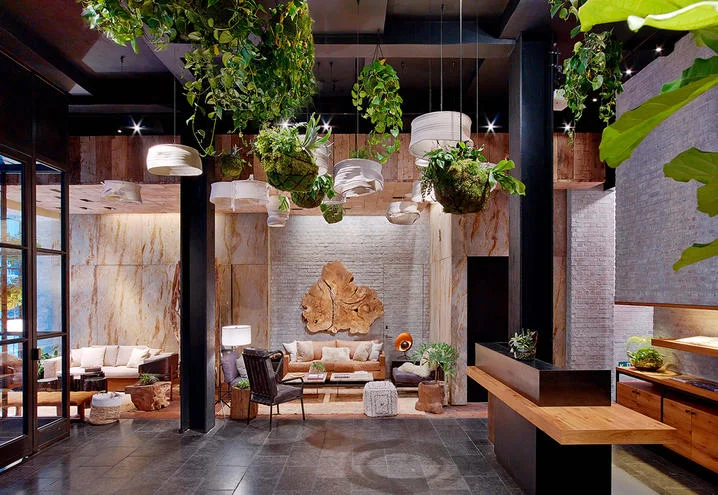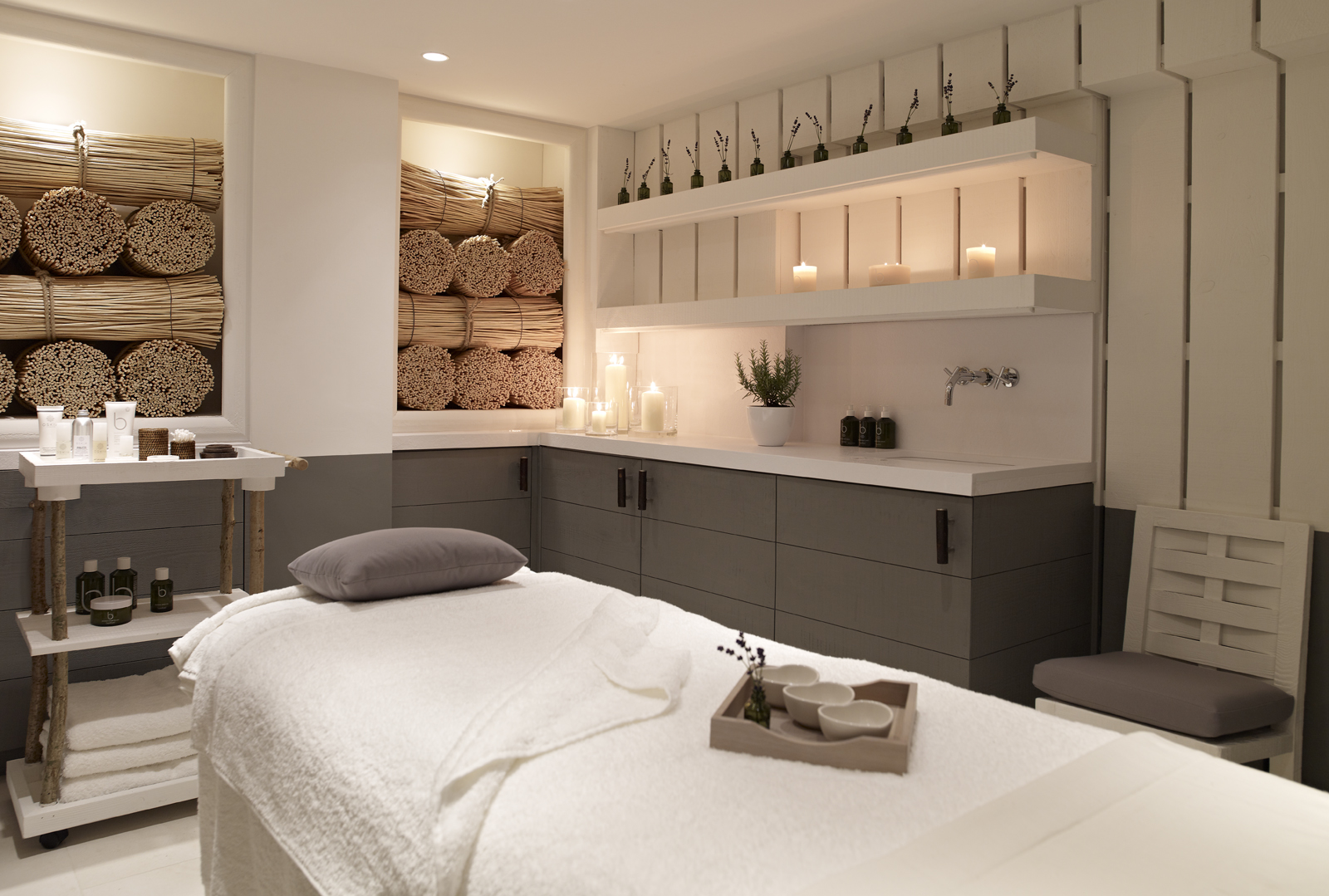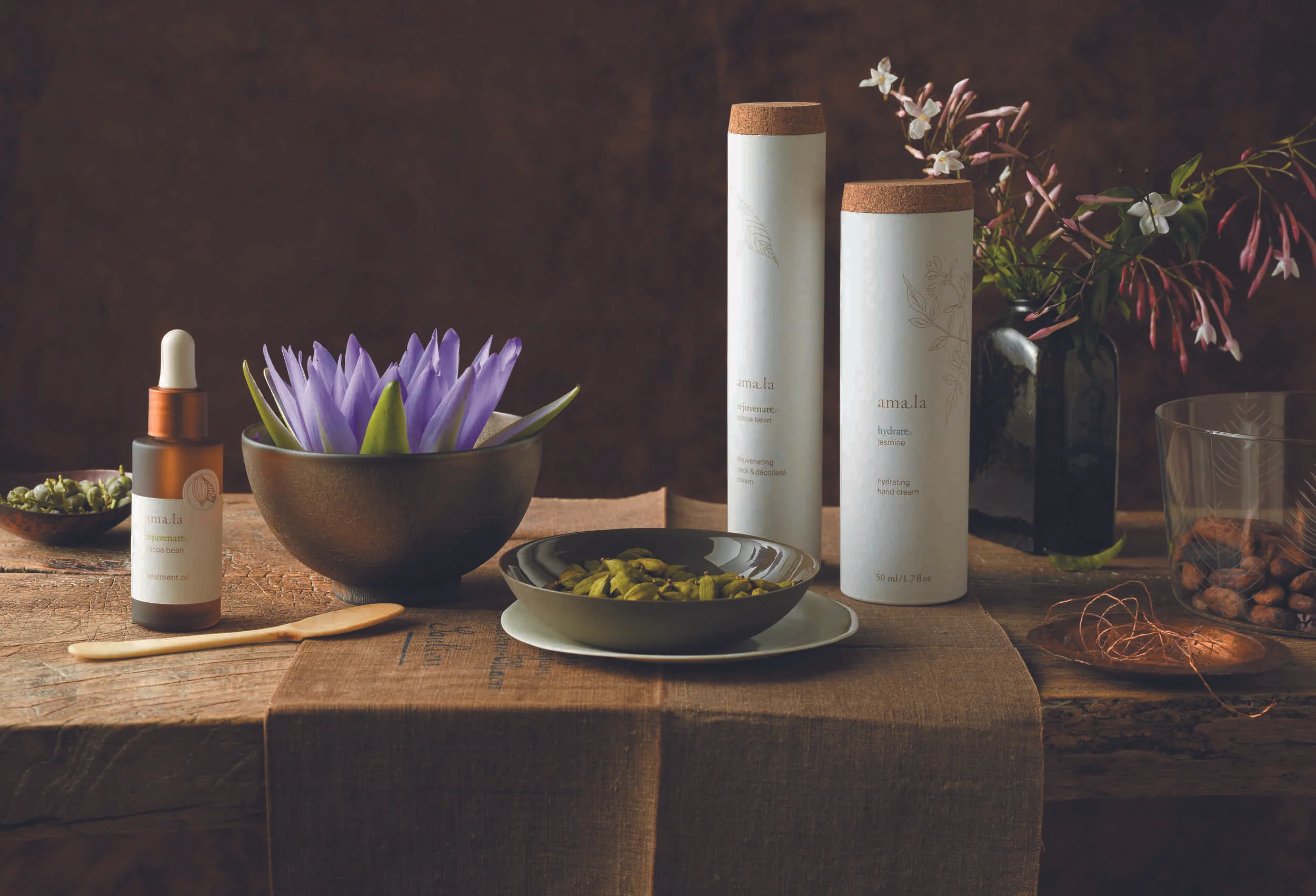When I look back over my life I realise that my passion for health began in my early twenties. Living in Sydney and being an avid gym goer and bookworm on all things health, I would regularly make a weekend trip to one of the health retreats just outside of the city, where I could enjoy a healthy day of activities, food and spa treatments. Then at the age of 28 (17 years ago now) I booked myself in for a 10 day fasting and detoxification program on the island of Koh Samui in Thailand. My interest in this healing methodologie had come about from reading a book on fasting by Dr Bernard Jensen and having been quite the sweet tooth, despite my healthy diet, I felt that a good internal cleanse was in order. And indeed it was!
At this same retreat I also discovered yoga, so I took myself along to the class and met the lovely teacher Jyoti, who later came to share a house with me in Sydney. And from here a whole new chapter unfolded as I learned a different approach to health, of not only body, but also mind and soul. At this same time I had also begun working as a chiropractors assistant and my understanding of health expanded beyond the books I had been reading. Further to this, the bookshelves in the office were filled with personal development books by authors such as Carolyn Myss, Deepak Chopra, Wayne Dyer, Louise Hay and others, which opened up the exploration of the mind, quantum physics and spiritual growth.
I also began to attend inspiring events with the likes of Dr John Demartini and Tony Robbins. I was hungry for change, growth and evolution and every book, yoga class and workshop had something to teach me. So little by little I began to grow in a different way... a way that was more at ease, more in flow and more optimistic and responsible. I also began to change the way I was speaking and thinking, as I came to understand the power of our beliefs, thoughts and words. I began to meditate and tap into my own inner knowing and awareness, which developed a greater sense of trust in myself. My whole way of living and being was slowly being transformed.
Delving into a different spiritual perspective began when I went to study Yoga in India. I really had no idea what I was in for, and had I known I may not have gone. But once there, I surrendered to learning the wisdom held within the Hindu mythology and ancient texts. And in addition to this, just being in India and living in an ashram for 6 months has a way of giving one an altered perspective on wellness and spirituality. Whilst in the ashram, I also had the opportunity to go through an Ayurvedic Panchakarma cleanse, which was yet another way of approaching the detoxification of the body. And so in this simple chapter of vegetarian food, yoga, meditation, chanting and basic living I came to another level of understanding with regards to wellness.
Since then, my travels have taken me to many different health resorts, specialised healers, somatic, embodied, motivational, spiritual and inspirational workshops, movement practices, retreats and classes. Every piece of learning has added to the puzzle of living our best life as a human being and for this Im eternally grateful.
As the journey to wellness continues I realise more than ever it really is all about integration. Wellness goes far beyond how we eat and exercise. It is our life... it is clearing the past to lay claim to our future, it is the way we deeply connect to ourselves and others, it is a healthy level of self love, it is living a life of flow because we are being the truest expression of ourselves. Wellness is balancing movement with nourishment with stress resilience and emotional wellbeing. And having that kind of wellness does mean making it a priority, but it is so rewarding to look back on who you once were and realise that the person you are today is a testament to approaching wellness in the holistic sense... mind, body and spirit.

